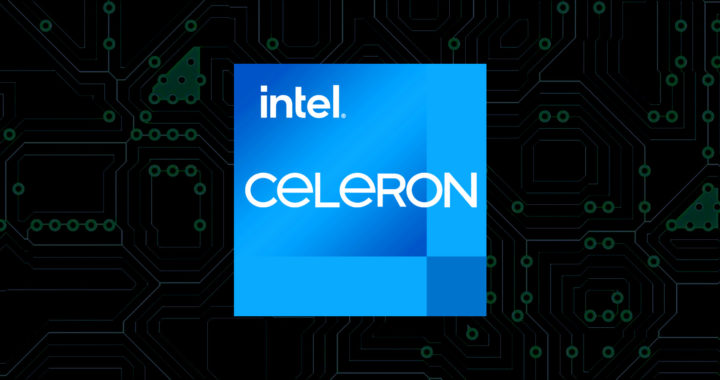Intel Celeron is an entry-level and low-powered line of x86 microprocessors developed and marketed by Intel Corporation for low-cost personal computers. Compared with Intel Pentium and Intel Core brands, these microprocessors have less performance per clock speed.
However, it is also important to note that the first-generation Celeron-branded processor launched in 1998 was based on Pentium II and the subsequent generations have been based on the older generations of Intel Pentium and Intel Core.
Pros: Advantages of Intel Celeron
Note that the latest generations of Intel Celeron are relatively decent for average use cases to include basic web browsing and word processing. The entire line of CPUs power a considerable number of budget-friendly desktop and laptop computers in the market.
The following are the specific advantages or benefits:
• Inexpensive: The main selling point of Intel Celeron is that it is an entry-level microprocessor designed for low-cost personal computers. An entire desktop setup can retail for as low as USD 200.00 or less while laptops equipped with this CPU have an average price of between USD 200.00 to USD 350.00.
• Capable: Intel designed this CPU line with overall efficiency in mind. It has enough power to run web browsers and office productivity applications, as well as HD video playback while consuming less power and remaining cool.
• Low-Power: It is ideal for smaller laptops such as netbooks and ultrabooks. Furthermore, desktop computers running this CPU have been used in electricity-critical situations such as in rural schools and low-power use cases such as the cash registers used in point-of-sale terminals or workstations used in data encoding.
Cons: Disadvantages of Intel Celeron
The Celeron has made a considerable evolution over the years with the introduction of newer generations and architectures. However, when compared with other entry-level Intel CPUs, such as the Intel Pentium and the Intel Core i3 lines, its drawbacks become more apparent.
The following are the specific disadvantages and limitations:
• Specifications: It is important to note that this CPU is limited to a dual-core configuration and it does not have hyper-threading and Turbo Boost features found on the Intel Core line, as well as recent-generations Intel Pentium line.
• No Gaming: This CPU is not designed for PC gaming. Desktop computers with dedicated graphics processors would still run average game titles but do not expect to run Triple-A game titles even at the lowest possible settings. Laptop computers based on this CPU would struggle with PC gaming.
• Limitations: Specific productivity use cases such as photo editing, graphics design, and video editing are not ideal for this microprocessor. Equipped computers might also struggle running presentation software.
Lowdown: Major Takeaways
The aforementioned advantages and disadvantages or pros and cons of Intel Celeron make it a relatively decent but still too limiting microprocessor. Note that there is a market for low-cost personal computers. However, for individuals looking for entry-level and budget-friendly computers, they are better off choosing between an Intel Core i3 and AMD Ryzen 3.
Both CPU lines are also positioned as entry-level and considerably low-powered microprocessors. What makes them different from the Celeron brand is that they have enough power to run average to above-average use cases. Furthermore, the newer generations of these CPUs have enough future-proofing to last for 3 to 4 years on average.





